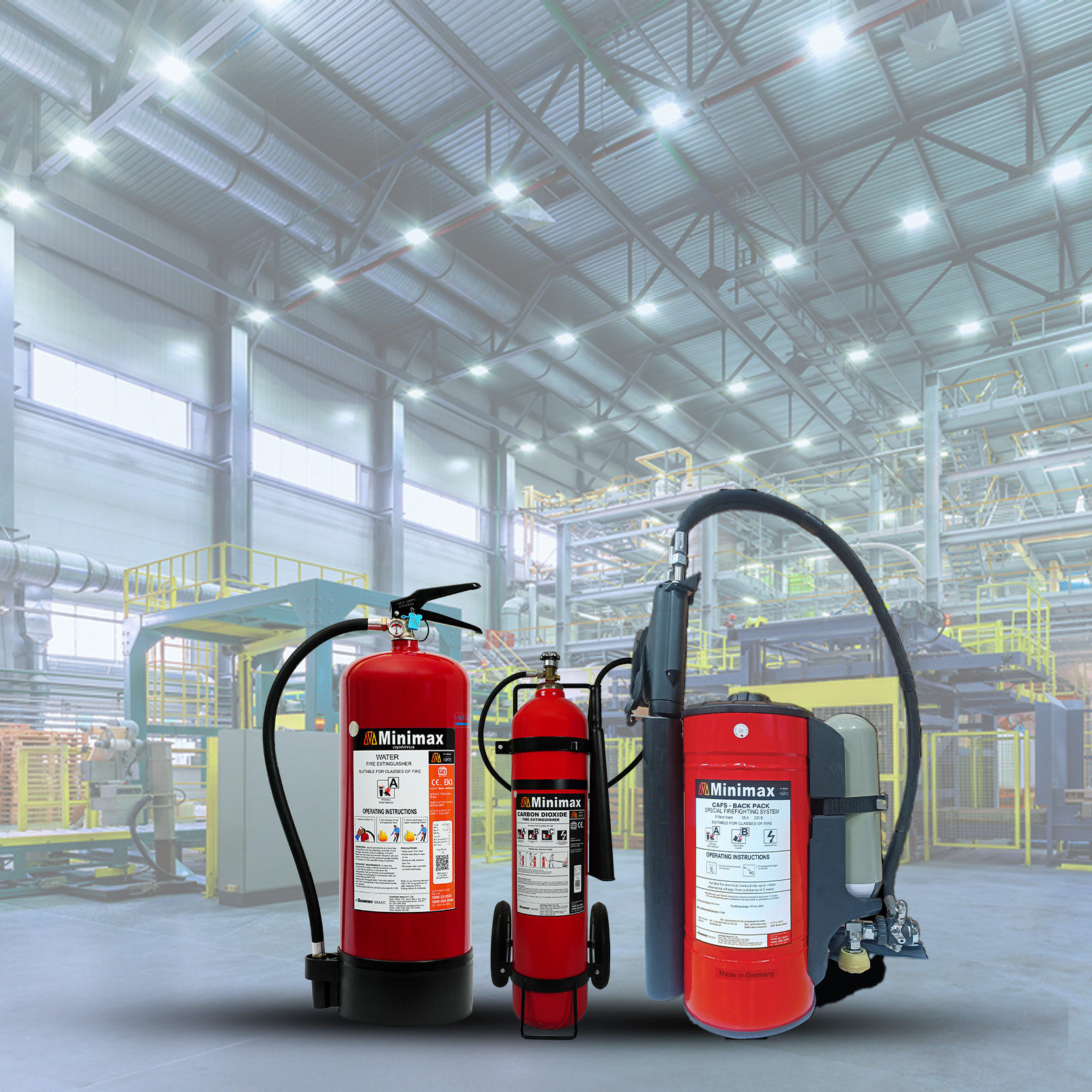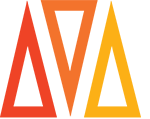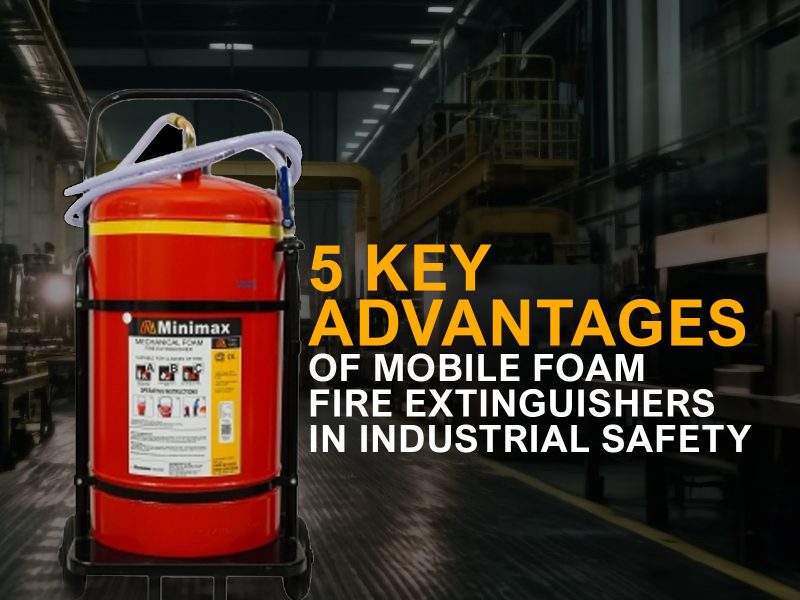
Choosing the right fire extinguisher types isn’t just about compliance—it’s about ensuring safety, minimizing damage, and saving lives. With a wide range of fire threats – from kitchen oil blazes to electrical faults – selecting a one-size-fits-all extinguisher can put your property and people at risk. Enter Minimax India, a century-old pioneer in fire safety, known for quality-tested extinguishers crafted in Gunnebo India Private Limited, Halol, Gujarat factory using the globally implemented Gunnebo Operations System. This comprehensive writeup from Minimax India walks you through the different classes of fire extinguishers—from wet chemical fire extinguisher models to foam-type and water-type options and equips you with the confidence to choose the right one for your environment.
1. Why Choosing the Right Extinguisher Matters
Using the wrong extinguisher on a fire isn’t just ineffective—it can escalate the fire hazard to an uncontrollable situation. For example, a water-type extinguisher used on a grease or electrical fire may spread flames or cause electric shocks. The right match ensures:
- Efficient fire suppression
- Safety for users and first responders
- Minimized property damage
- Code compliance and insurance protection
Minimax’s commitment to reliability—built into every extinguisher produced in their advanced Halol plant—ensures that when seconds count, your extinguisher performs without fail.
2. Understanding Fire Classes & Extinguisher Compatibility
Before buying, understand these fire classes:
- Class A: Ordinary combustibles (wood, paper, textiles)—for these, water, foam, or dry powder extinguishers work best.
- Class B: Flammable liquids (gas, oil)—foam, dry powder, or CO₂ types are ideal.
- Class C: Flammable gases—dry powder (ABC) is required.
- Class F (aka Class K): Cooking oils and fats—only a wet chemical extinguisher is effective.
- Electrical Fire Risk: Use dry powder (ABC) or CO₂, never water or foam.
Matching extinguisher to fire type ensures not just extinguishing, but preventing re-ignition and ensuring user safety.
3. Minimax’s Fire Extinguisher Types Explained

Water-Type Extinguishers
Designed for Class A fires like wood and paper, Minimax’s water-type extinguishers use a pressurized spray to cool and extinguish flames. Their simplicity and eco-friendly nature make them ideal for offices, schools, and warehouses—but never near electrical equipment or flammable liquids.
Foam-Type (AFFF) Extinguishers
Serving both Class A and Class B fires, foam extinguishers smother flames by creating an oxygen-barrier layer. Minimax’s foam-type extinguishers meet local standards and are perfect for petrol stations, garages, and kitchens. Their AFFF solution, invented in 1902, is tried-and-tested for fast knockdown .
Wet Chemical Extinguishers
Tailored for Class F/ K fires involving cooking oil, wet chemical extinguishers neutralize heat and saponify grease into soap. Minimax’s units include potassium acetate and come with long nozzles, making them perfect for commercial kitchens. Quality materials—like stainless steel—ensure long service life in hot environments.
Dry Powder (ABC) Extinguishers
These multi-purpose extinguishers handle Classes A, B, and C, interrupting fire chemical reactions with monoammonium phosphate powder. Minimax offers both stored-pressure and gas cartridge models, suitable for general industry, server rooms, and household garages.
CO₂ Extinguishers
Ideal for electrical and Class B fires, CO₂ extinguishers quickly suffocate flames without residue. Minimax’s CO₂ models include safety features like insulated horns and conductive hoses to prevent frost and static burns.
Clean Agent Fire Extinguishers
Designed for ultra-sensitive environments such as server rooms, data centers, and laboratories, clean agent fire extinguishers suppress fires quickly without leaving any residue or damaging electronics.
Minimax’s clean agent systems are filled with Grenoz®, a UL Listed & FM approved chemical agent (FK-5-1-12) that is not only fast-acting but also eco-friendly. With zero ozone depletion, global warming potential less than 1, and no harmful residue. Grenoz® ensures protection – as safe for your equipment as it is for the environment.
4. Why Minimax India Is Synonymous with Quality
- Legacy Expertise: India’s first fire extinguisher brand since 1903; production at Halol since 2012.
- Global Standards: Produced under Gunnebo Operations System—ensuring safety, quality, and efficiency.
- Advanced Testing: In-house Fire Room lab for durability, pressure, and temperature testing.
- Client Testimonials: Trusted by TCS, ITC, Taj Hotels, and Sify for consistent reliability.
When you choose Minimax, you’re choosing Indian-made products with global oversight—valued by leaders across industries.
5. How to Choose the Right Extinguisher: A Practical Guide
Step 1: Assess your risk environment
- Home kitchen → wet chemical
- Office or school → dry powder (ABC) + water/foam
- Server room → CO₂ or clean agent (e.g., Grenoz® 1230)
- Industrial or garage → ABC + foam
Step 2: Pick the right capacity
- 1 kg to 9 kg models—larger spaces need larger units.
Step 3: Mounting and accessibility
- Portable units for homes/offices; ceiling-mounted/trolley models for industrial needs.
Step 4: Maintenance
- Visual monthly checks, annual service, hydrostatic testing. Partner with Minimax-certified service teams for compliance and upkeep.
By following this checklist, you ensure preparedness against specific fire hazards.
6. Maintenance & Inspection: The Key to Fire Safety
Your extinguisher is only as good as its upkeep:
- Monthly: Ensure seal, gauge, and nozzle are intact
- Annually: Get it serviced by professionals—tags must be visible
- Hydrostatic Testing: Required every 5–12 years depending on type
Minimax’s customer support offers servicing, parts, and replacements. Regular maintenance ensures your extinguisher works when it matters most.
7. FAQ: Quick Answers to Common Queries (≈120 words)
Q1: What is a Class F fire and which extinguisher do I need?
A: Class F fires are kitchen fires involving hot cooking oils or fats, which burn at extremely high temperatures. Trying to douse them with water can cause oil splatter and escalate the blaze. The safest and most effective option is a wet chemical fire extinguisher. Minimax’s wet chemical units release a potassium-based solution that cools the flames and chemically converts the burning oil into a non-flammable soap-like substance (saponification), instantly stopping the fire and preventing re-ignition.
Q2: Can an ABC dry powder extinguisher handle electrical fires?
A: Absolutely. Minimax’s ABC dry powder extinguishers are multi-purpose and can safely tackle Class A (wood/paper), Class B (liquids), and Class C (gases) fires. For electrical equipment, they work by smothering the fire with fine powder particles that interrupt the combustion chain reaction. They don’t conduct electricity and leave behind no conductive residue, making them safe—but keep in mind the powder may leave some mess.
Q3: What is Grenoz® 1230 and when should I use it?
A: Grenoz® 1230 is Minimax’s clean-agent fire suppression solution—an eco-friendly, non-conductive gas designed for sensitive spaces like server rooms, telecom centers, museums, or control panels. It extinguishes fire without harming equipment or leaving residue. Fast-acting and safe for occupied areas, it discharges within seconds and dissipates quickly, making it ideal where water or powder would cause damage.
Q4: How often should I inspect or service my fire extinguisher?
A: To ensure reliability:
- Every Month: Check pressure gauge, nozzle, safety pin, and tag status.
- Every Year: Schedule a certified Minimax service technician to inspect internally, weigh contents, and perform mechanical checks.
- Every 5–10 Years: Depending on the type, a hydrostatic pressure test is needed to confirm shell integrity and compliance.
Ignoring regular checks could mean the extinguisher fails in an emergency—don’t take that risk.
Conclusion & Call to Action (≈150 words)
The right extinguisher is more than a safety device—it’s peace of mind. From kitchen fires to warehouse hazards, understanding fire extinguisher types ensures you’re prepared. With Minimax India, you get century-proven quality, a full product range—including water-type, foam-type, wet chemical, dry powder, clean agent, and CO₂ options—and a trusted service network.
Ready to protect your space with confidence?
- Explore Minimax India’s extinguisher models
- Discover the [wet chemical fire extinguisher] for kitchens
- Consider a [foam-type solution] for mixed hazards
- Opt for [CO₂ or dry powder] units in offices and server rooms
🔗 [Request a consultation or callback] to get customized recommendations from our team today.

